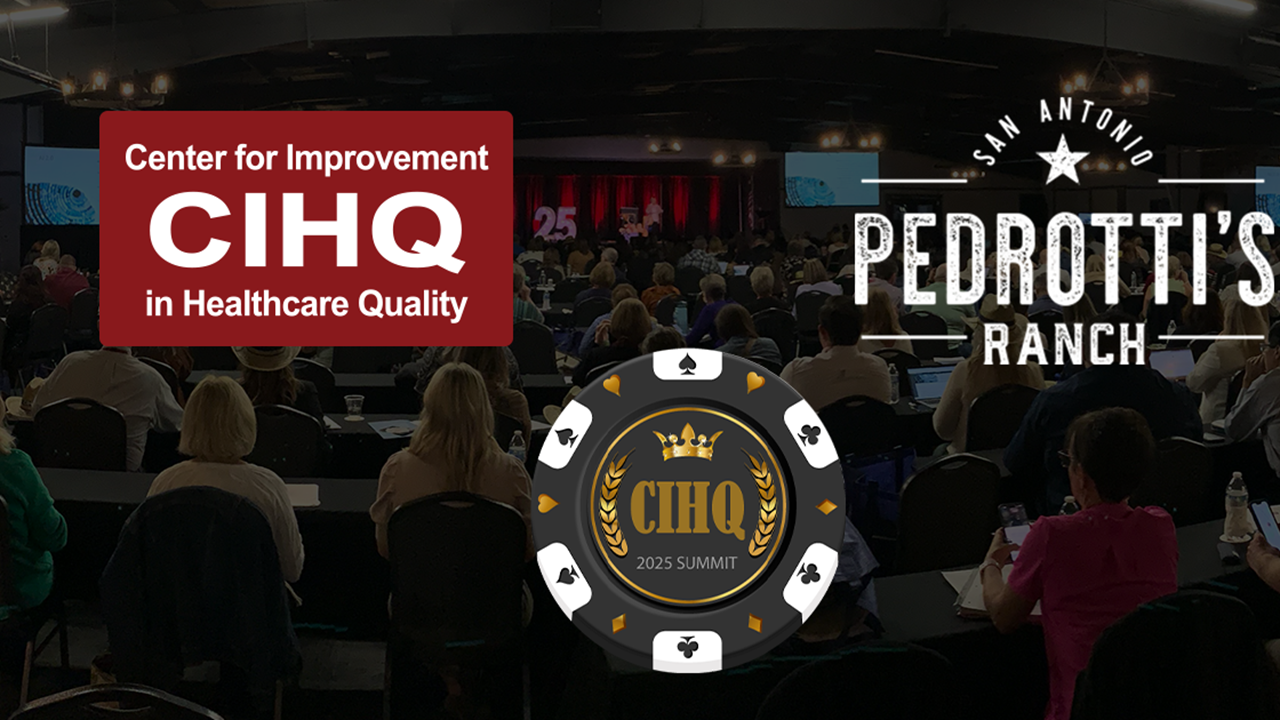What’s a Rich Text element?
The rich text element allows you to create and format headings, paragraphs, blockquotes, images, and video all in one place instead of having to add and format them individually. Just double-click and easily create content.
Static and dynamic content editing
A rich text element can be used with static or dynamic content. For static content, just drop it into any page and begin editing. For dynamic content, add a rich text field to any collection and then connect a rich text element to that field in the settings panel. Voila!
How to customize formatting for each rich text
Headings, paragraphs, blockquotes, figures, images, and figure captions can all be styled after a class is added to the rich text element using the "When inside of" nested selector system.
- This is a list item
- Another list item
- Numbered item
- Another numbered item
Some link
Workplace violence in healthcare settings, especially hospitals, presents a significant challenge. Hospital staff frequently encounter stressed or emotionally unstable patients, visitors, and even colleagues. A robust workplace violence plan can mean the difference between chaos and safety. Crafting such a plan requires meticulous effort, multidisciplinary collaboration, and an ongoing commitment to improvement. Here’s how hospitals can establish a comprehensive and effective workplace violence plan.
The Role of a Multidisciplinary Team
The cornerstone of any workplace violence plan is collaboration. However, implementing this team-based approach can present challenges, such as miscommunication between departments, resistance to new protocols, or differing priorities among team members. For example, frontline staff may focus on immediate safety concerns, while administration might prioritize long-term policy changes.
To overcome these challenges, regular team meetings, clear communication channels, and shared objectives are essential. Assigning a dedicated coordinator can help streamline collaboration, ensure accountability, and align the team’s efforts toward a unified goal—creating a safer workplace for all. A multidisciplinary team ensures diverse perspectives and expertise are represented. This team should include:
- Hospital Administration: Provides strategic oversight and ensures alignment with organizational goals.
- Security Personnel: Offers insight into physical security measures and emergency response.
- Human Resources (HR): Addresses policies, training, and employee support.
- Risk Management: Analyzes potential liabilities and compliance with regulations.
- Frontline Staff: Shares real-world experiences and challenges.
This collaborative approach ensures that every component of the plan is practical, actionable, and inclusive.
The 9 Key Components of a Workplace Violence Plan
1. Policy Statement
A clear, unequivocal policy statement establishes the foundation of the plan. This statement should:
- Communicate a zero-tolerance stance on workplace violence.
- Define key terms such as physical assault, threats, harassment, and verbal abuse.
- Reinforce the organization’s commitment to creating a safe environment.
This policy must be visible and accessible, serving as a constant reminder of the hospital’s stance against violence.
2. Risk Assessment
Understanding where and why violence might occur is crucial. Risk assessment includes:
- Environmental Assessments: Identify high-risk areas like emergency departments, psychiatric units, and overnight shifts.
- Behavioral Indicators: Recognize signs of agitation or escalating behavior in patients and visitors.
- Historical Data Review: Analyze past incidents to uncover patterns and recurring risks.
For example, if data reveals that most incidents occur in the ER during evening shifts, targeted interventions can be implemented.
3. Prevention Strategy
Prevention is the ultimate goal. A comprehensive strategy might include:
- Environmental Controls: Secure entrances, panic buttons, and surveillance cameras.
- Staffing and Scheduling: Ensure adequate staffing levels, especially during high-risk times.
- De-Escalation Training: Equip staff with techniques to defuse volatile situations.
- Communication Tools: Implement systems like overhead alerts or mobile apps for rapid communication during threats.
4. Response Protocol
A well-defined response protocol ensures incidents are managed effectively. Key elements include:
- Incident Reporting: Encourage staff to report all incidents, no matter how minor. Having a digital means for incident reporting is ideal, allowing for real-time reporting.
- Immediate Response: Establish clear procedures for security intervention and medical assistance.
- Post-Incident Response: Provide support to affected individuals and review the incident for lessons learned.
- Law Enforcement Collaboration: Work closely with local authorities when necessary.
For instance, a response protocol might dictate that during a violent episode, staff should activate a designated code and follow a lockdown procedure.
5. Support and Recovery
Post-incident support is critical to ensuring staff well-being and retention. This includes:
- Counseling Services: Offer access to mental health professionals.
- Return-to-Work Protocols: Develop individualized plans for employees returning after an incident.
- Debriefing Sessions: Conduct structured discussions to reflect on the event and identify improvements.
By prioritizing recovery, hospitals demonstrate their commitment to employee welfare.
6. Training and Education
Knowledge and preparedness are key. Training programs should include:
- Mandatory Training: Ensure all staff understand the workplace violence policy and response protocols.
- Orientation Programs: Introduce new employees to the hospital’s approach to violence prevention.
- Ongoing Education: Provide regular refreshers and advanced training sessions.
Interactive sessions, including role-playing and simulations, make training more engaging and effective.
7. Documentation and Recordkeeping
Accurate records are essential for monitoring and improving the plan. Key documentation includes:
- Incident logs detailing the nature and outcome of each event.
- Regularly updated risk assessments.
- Evidence of compliance with local and national regulations.
These records also help in identifying trends and demonstrating accountability during audits or investigations.
8. Emergency Preparedness
Hospitals must be ready to handle worst-case scenarios. Preparedness measures include:
- Drills and Simulations: Regularly practice responses to various violent situations.
- Contingency Plans: Develop detailed plans for managing prolonged or large-scale incidents.
For example, a hospital might conduct a drill simulating an active shooter scenario, testing communication, lockdown, and evacuation procedures.
9. Review and Continuous Improvement
No plan is perfect. Continuous improvement is essential to keeping it relevant. Strategies include:
- Regular Reviews: Evaluate the plan’s effectiveness and make necessary updates.
- Feedback Mechanisms: Create channels for staff to share their experiences and suggestions.
Feedback loops ensure the plan evolves alongside the hospital’s needs and challenges.
Making the Plan More Effective
To elevate a workplace violence plan, consider these additional elements:
- Technology Integration: Use wearable panic devices or AI-driven surveillance cameras can identify escalating behavior and trigger alerts for security personnel. Digital incident reporting also allows for real-time team information. Soleran Healthcare’s Safety Manager Suite could be a good option for your facility. It includes 4 applications that can be sold separately based on your facility’s needs: Incident Manager, Officer Rounding, Security Vulnerability Assessment, and Fire Safety Manager. Incident Manager is a great solution for real-time incident reporting and risk mitigation. It automatically routes incident notifications. It prioritizes cases by color-coding, log or reporting. You have the ability to track incidents using the officer's narrative to manage security. On-the-go mobile incident reporting is built right in. You can receive instant access to detailed incident reports through the incident log for administrators and dispatchers as well. Security Vulnerability Assessment allows you to assess risk and risk mitigation execution by utilizing this tool. It provides recommended security improvements and tracks their implementation.
- Community Engagement: Collaborate with local organizations and law enforcement to share resources and expertise.
- Cultural Competency: Train staff to recognize and address cultural or linguistic factors that might contribute to misunderstandings.
Real-World Impact
A comprehensive workplace violence plan does more than protect staff and patients. It fosters a culture of safety, boosts staff morale, and enhances the hospital’s reputation. The right plan can transform workplaces. For example, one hospital’s proactive approach—installing secure entry systems and providing de-escalation training—reduced violent incidents by 30% within a year.
A workplace violence plan is not a static document; it’s a living strategy that requires ongoing attention and adaptation. Hospitals should regularly evaluate their plans, solicit staff feedback, and refine processes to ensure they remain effective and relevant. By involving frontline staff in this evaluation, hospitals can identify practical improvements and foster a culture of collaboration. By addressing prevention, response, and recovery with a multidisciplinary approach, hospitals can create a safer environment for everyone. As you continue to refine these plans, the goal remains the same: ensuring that every hospital worker, patient, and visitor feels safe and supported.
How to create an effective healthcare workplace violence plan for your facility.










.svg)














.svg)






.svg)
.svg)
.png)